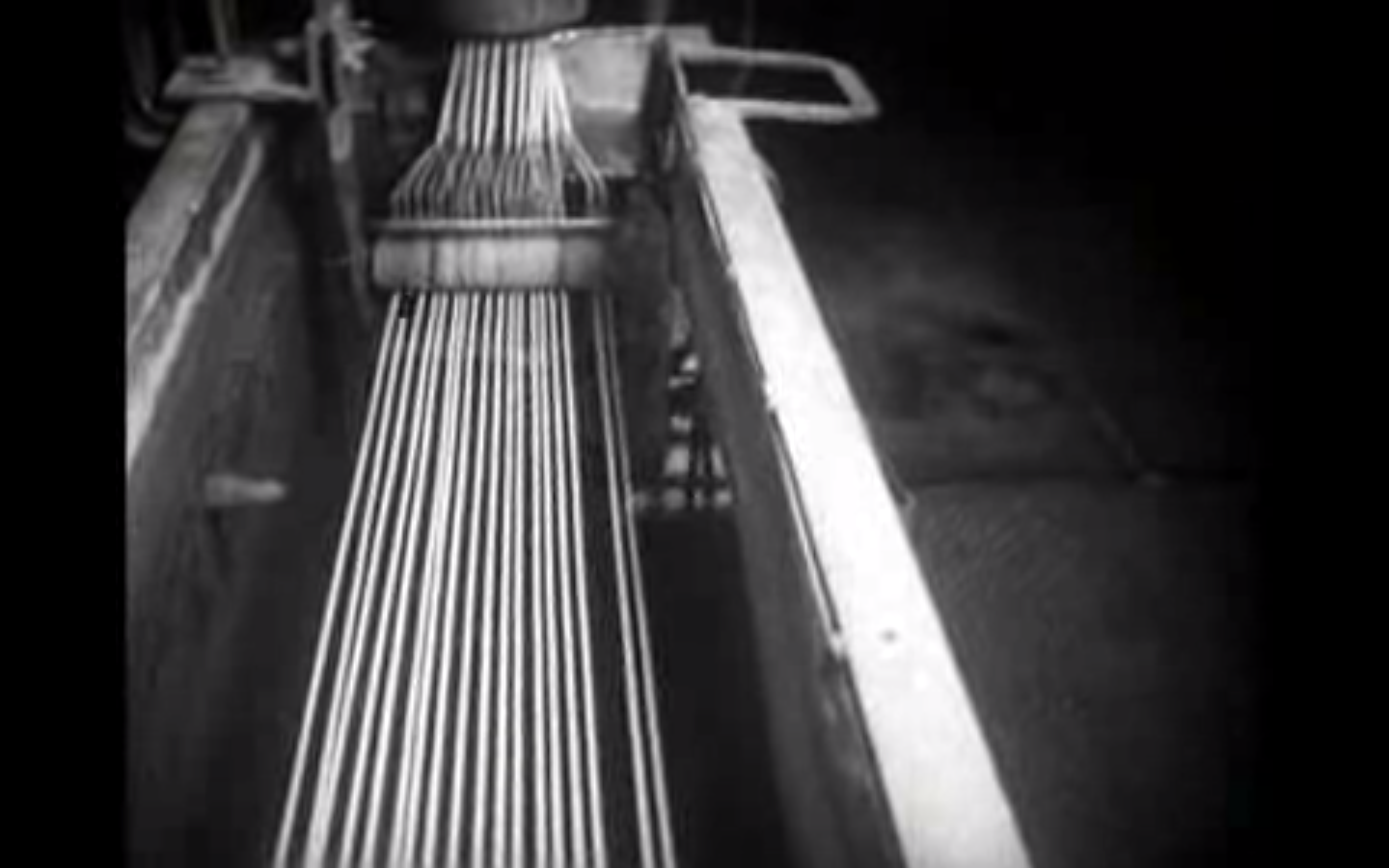Industry On Parade on:
[Wikipedia]
[Google]
[Amazon]
 ''Industry on Parade'' was a short television program that aired in the United States from 1950–1960. It was produced by the
''Industry on Parade'' was a short television program that aired in the United States from 1950–1960. It was produced by the
via JStor
In total, ''Industry on Parade'' aired more than 500 episodes during its 10 years in existence. These reels were donated to the
Industry on Parade Film Collection
at the Archives Center,
 ''Industry on Parade'' was a short television program that aired in the United States from 1950–1960. It was produced by the
''Industry on Parade'' was a short television program that aired in the United States from 1950–1960. It was produced by the National Association of Manufacturers
The National Association of Manufacturers (NAM) is an advocacy group headquartered in Washington, D.C., with additional offices across the United States. It is the nation's largest manufacturing industrial trade association, representing 14,000 s ...
(NAM). The show depicts complicated industrial processes that transform raw materials into finished products available for consumption by Americans. Its episodes generally contain several sections, each of which looks at a different aspect of some larger topic within industry.
The show was nationally syndicated, and local stations could show it free of charge—which they did, in a wide range of different time slots. Footage was also distributed widely among American schools and community organizations. Ratings information is scarce but existing local reports suggest that the show was quite popular.
History
The show was reportedly conceived by Johnny Johnstone, the director of television and radio at NAM. NAM collaborated with NBC in producing the show from 1950–1953. (NBC producer Arthur Lodge continued to work with the show until it ended in 1960.) The series received aPeabody Award
The George Foster Peabody Awards (or simply Peabody Awards or the Peabodys) program, named for the American businessman and philanthropist George Peabody, honor the most powerful, enlightening, and invigorating stories in television, radio, and ...
for National Public Service in 1954.
In 1958, the show changed formats, recycling and rearranging old footage to provide broader overviews of different industries.Jason S. Mittell, "Invisible Footage: ''Industry on Parade'' and television historiography", ''Film History'' vol. 9, 1997, accessevia JStor
In total, ''Industry on Parade'' aired more than 500 episodes during its 10 years in existence. These reels were donated to the
National Museum of American History
The National Museum of American History: Kenneth E. Behring Center collects, preserves, and displays the heritage of the United States in the areas of social, political, cultural, scientific, and military history. Among the items on display is t ...
in 1974, and held by the Division of Agriculture and Natural Resources until being transferred to the Archives Center in 1994.
Themes
The show promotes capitalist industrial production and typically ends with ananticommunist
Anti-communism is political and ideological opposition to communism. Organized anti-communism developed after the 1917 October Revolution in the Russian Empire, and it reached global dimensions during the Cold War, when the United States and the ...
message. The success of ''Industry on Parade'' provoked the AFL–CIO
The American Federation of Labor and Congress of Industrial Organizations (AFL–CIO) is the largest federation of unions in the United States. It is made up of 56 national and international unions, together representing more than 12 million ac ...
to demand its own "public service" time on television, which they obtained and used to broadcast ''Americans at Work'' (1958–1961).Anna McCarthy, ''The Citizen Machine: Governing by Television in 1950s America'', New York: The New Press, 2010, p. 208. .
The show generally depicts and promotes women in the workforce
Since the industrial revolution, participation of women in the workforce outside the home has increased in industrialized nations, with particularly large growth seen in the 20th century. Largely seen as a boon for industrial society, women in ...
.
References
External links
{{Commons category, Industry on ParadeIndustry on Parade Film Collection
at the Archives Center,
National Museum of American History
The National Museum of American History: Kenneth E. Behring Center collects, preserves, and displays the heritage of the United States in the areas of social, political, cultural, scientific, and military history. Among the items on display is t ...
1950s American television series
1960s American television series
1950 American television series debuts
1960 American television series endings
NBC original programming
Manufacturing in the United States
Documentary television series about industry
Peabody Award-winning television programs